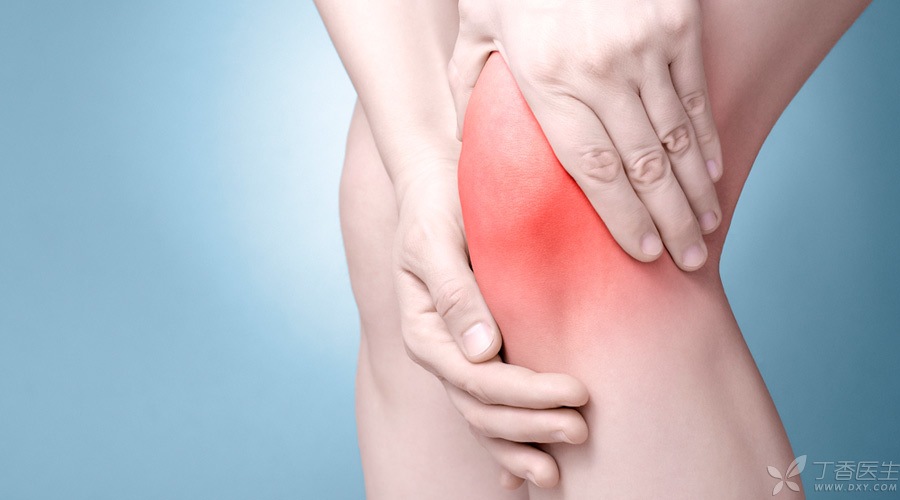
The knee joint is the [moving axis] connecting the thigh and lower leg bones, and is also the [shock absorbing plate] to buffer the pressure and impact coming along the bones.
There is a question, Ding Dong was asked by many friends: when the knee moves, it will make a rattle and be accompanied by pain. Is this arthritis?
Does this mean that you have to maintain your knees?
Teacher Sun Yueli’s answer can explain everyone’s confusion.
Why does the knee joint ring
This kind of bounce may be caused by the gas vibration in the joint cavity.
The space in the joint cavity is filled with liquid, which enables the joint to work smoothly and smoothly. When the joint moves, an obvious space appears in the middle of the joint cavity. The surrounding gas will diffuse into the space and make a crisp sound together with the liquid.
If the doctor can confirm that there is no joint disease in what after examination, then it is simply bouncing the knee. It has no pain and has little impact on the human body. Don’t worry.
However, if the knee joint feels obvious pain when doing squats and other actions, it may be pathological bouncing.
Pathological clicks are usually caused by facet joint dislocation, local ligament calcification, articular cartilage injury, etc. That is what we usually call osteoarthritis.
Long-term stress, cartilage more grinding more fragile
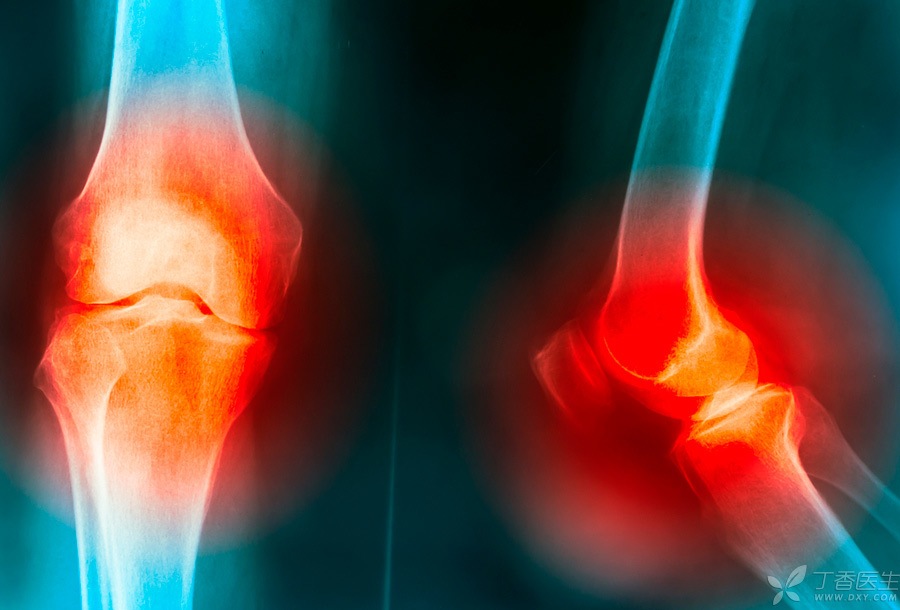
The surface of the upper and lower bones of the knee joint has a smooth and elastic layer of [articular cartilage]. Their function is mainly to absorb the impact of our weight on the bone surface when we stand and walk.
Frequent friction with long-term load will make articular cartilage more easily worn out.
In addition, the bone under the cartilage produces osteophyte, and the increased volume will also push the two cartilages very close, increasing the risk of wear.
Around the knee joint, there are ligaments and muscles that maintain stable and coordinated movement. Stretching ligaments and strengthening muscle strength can reduce pressure on bones and cartilage and achieve the effect of delaying decline and wear.
This is also why doctors always recommend to protect our knee joints by losing weight and exercising with moderate intensity.
Check whether knee cartilage is worn at home,
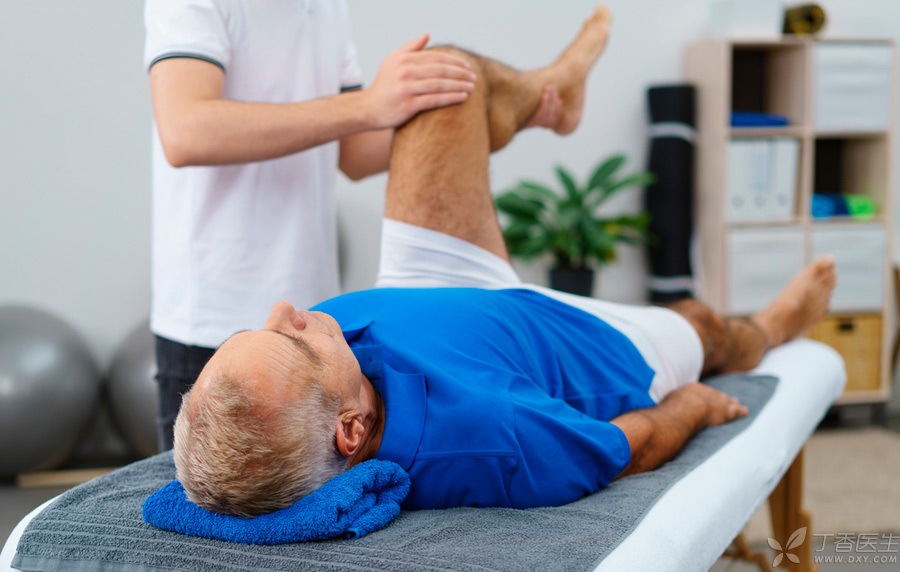
Do some simple minor examinations at home, you can initially judge whether your knee has synovitis or cartilage wear.
Inspection Method 1
Knee relax slightly bend, one hand hold both sides of the knee, gently touch the bone edge on both sides of the joint to see if there is uneven osteophyte hyperplasia, when touching hard, can feel whether there is inflammatory substance sliding feeling. At the same time, can also check whether thigh muscles have become soft atrophy symptoms.
Inspection Method 2
The knee is relaxed and slightly bent, with one hand gently draped on the patella and the other hand on the ankle, and the ankle is gently lifted up and down with the hand to allow the knee joint to rotate slightly. The hand placed on the patella can feel whether there is a bounce sound in the area and whether there is pain to preliminarily judge whether there is inflammatory reaction in the joint cavity.
Cold compress or hot compress, rest or exercise?
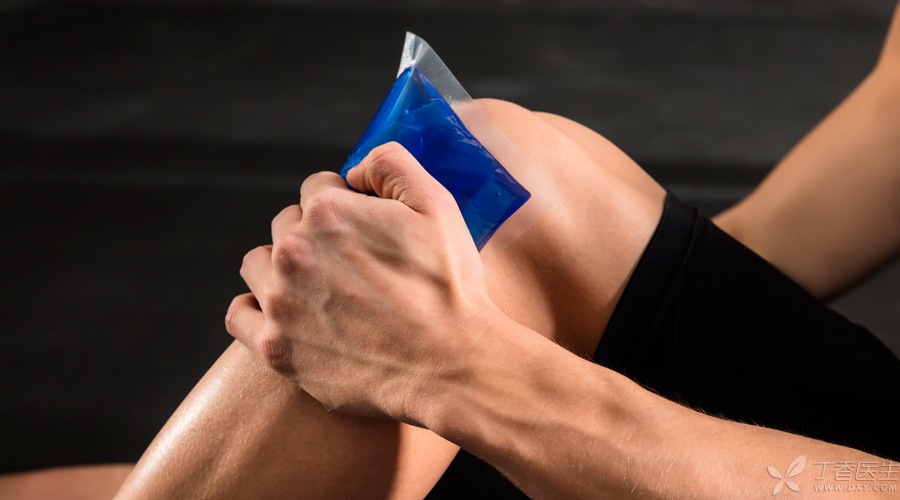
For acute trauma of knee joint, cold compress should be applied to relieve pain urgently by contracting blood vessels and reducing contact between inflammatory factors and nerve endings. Rest is the main method.
For chronic fatigue, hot compress is recommended to relieve muscle spasm and joint stiffness by promoting blood circulation and increasing nutrition supply. At this time, appropriate moderate and low intensity exercise should be carried out to relieve joint pain and avoid arthritis progression by strengthening muscles.
Exercise this muscle to relieve arthritis.
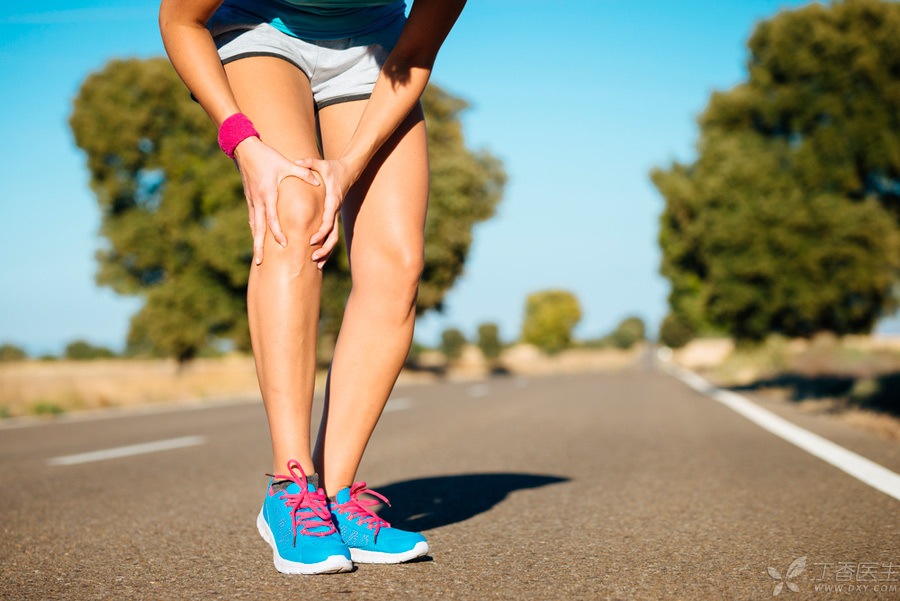
Regarding exercise therapy, we will focus on [medial femoral muscle].
Almost most people with knee joint discomfort will have different degrees of atrophy of this muscle. When this muscle is strengthened, the pain of the knee joint will be effectively relieved, and the occurrence and development of knee osteoarthritis can also be prevented.
Exercising this muscle can:
Step 1 Sit on tiptoe
Sit with straight legs on the ground, slowly stretch your feet straight, place your fingers on the medial femoral muscle, and feel its stretching.
Hold for 10 seconds and repeat 10 groups at a time.
If the muscle strength of the medial thigh becomes stronger, the range of stretching the foot surface can be increased.
2. Sitting Position to Pinch Ball
Sit in the chair. Place the yoga ball between your legs and tighten your thighs to clamp the yoga ball.
Hold each clamping for 10 seconds and repeat 10 times.
In addition, in daily sports, choose a pair of comfortable running shoes and run on the plastic track to minimize uphill and downhill. During exercise, preparing knee pads and other protective equipment can also help reduce knee joint wear.
